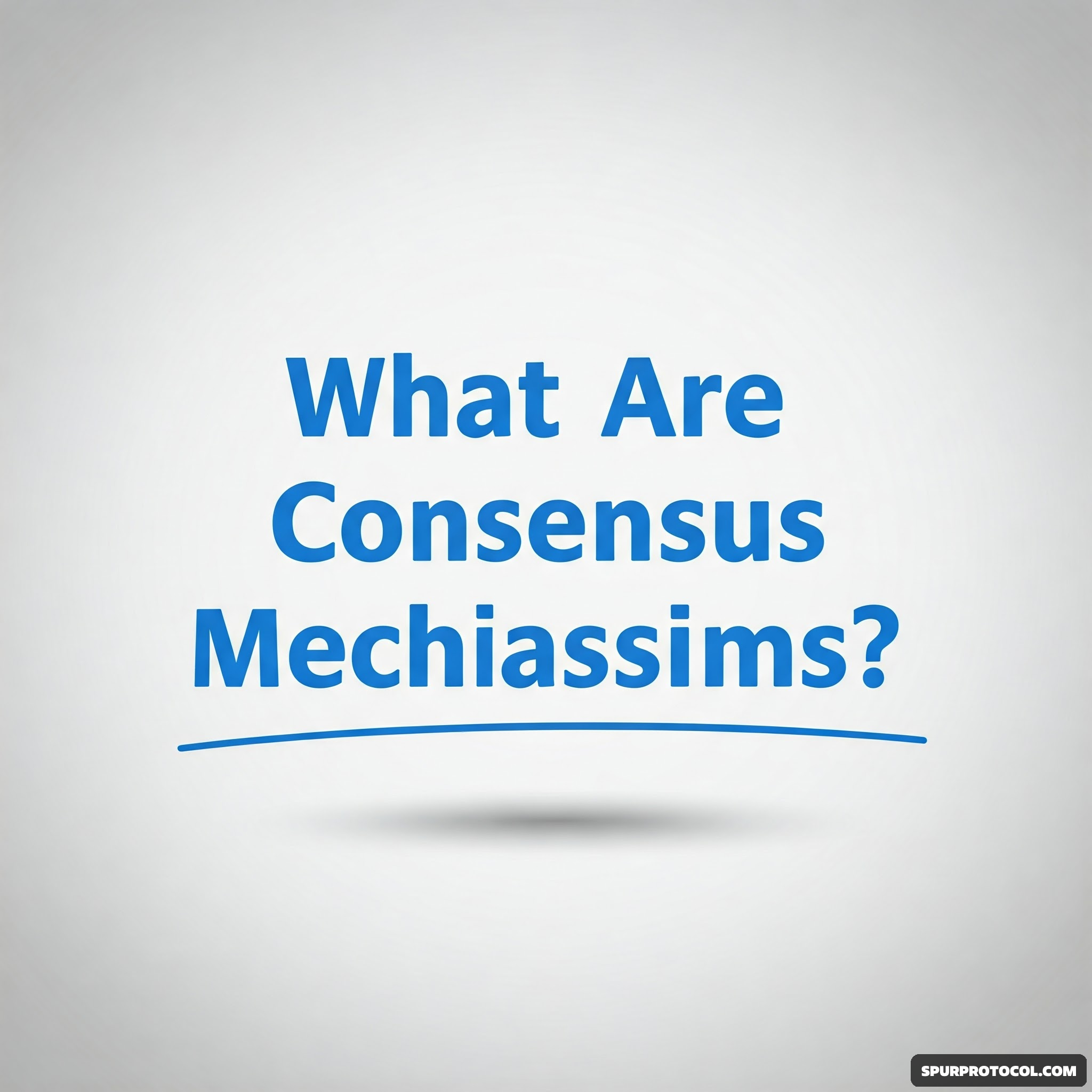What Are Consensus Mechanisms? An Easy Guide To Proof-of-Work (POW) And Proof-of-Stake (POS)
Before we dive into the technical details. let's start with the basics: What is a consensus mechanism, and why does it matter?
Go Back

🕒 4:49 AM
📅 Mar 30, 2025
✍️ By Kairos
A consensus mechanism is a set of rules that helps blockchains work. Imagine a group of people trying to agree on what's written in a shared notebook. To make sure everyone agrees and no one cheats, the group needs a fair system. In blockchains. this system is called a consensus mechanism.
It's how cryptocurrencies like Bitcoin or Ethereum make sure all transactions are verified, recorded, and protected without needing a bank or middleman. It's the secret sauce that keeps everything decentralized and secure.
The two most popular systems are Proof-of-Work (POW) and Proof-of-Stake (POS). Let's break them down simply:
Proof-of-Work (POW): The Engine Behind Bitcoin
PoW is like a race where miners compete to solve difficult puzzles. Miners use powerful computers to solve math problems. The winner gets to add a block of transactions to the blockchain and earns a reward in cryptocurrency.
Upside: All those computers use a lot of energy.
Proof-of-Stake (POS): A Greener Alternative
PoS is like a lottery where your chances of winning depend on how many tokens you own and stake (lock up as collateral). Instead of solving puzzles, validators lock up their tokens. The network picks a validator to confirm transactions and reward them with cryptocurrency.
Upside: Much less energy use compared to PoW.
Example: Ethereum switched to PoS in 2022. By staking ETH. validators earn rewards while helping secure the network.
Why Do We Need These Systems?
Without a consensus mechanism, anyone could manipulate transactions or steal coins. These systems ensure:
1 Security: Only valid transactions are added to the blockchain.
2Decentralization: No single person or organization controls the network.
3 Fairness: Rewards go to those who contribute to the network (miners in PoW, stakers in PoS).
A Key Differences Between POW and POS
1. Energy Use: PoW uses a lot of electricity, while PoS is eco-friendly.
2 Participation: PoW requires expensive hardware, but PoS is more accessible- anyone can stake tokens.
3 Speed and Cost: PoS networks are faster and cheaper for transactions.
